


ResulEvis
Forum Replies Created
Other signs of lactose intolerance in pets may include bloating, abdominal pain, and decreased appetite. In some cases, pets may also experience skin irritation or itching.
When choosing a lactose-free food for your cat or dog, it’s important to read the ingredient label carefully to ensure that it meets your pet’s nutritional needs. Look for high-quality protein sources, such as chicken, fish, or lamb, and avoid foods that contain artificial preservatives or fillers.
There are many lactose-free cat and dog foods available on the market today. Some popular brands include Blue Buffalo, Hill’s Science Diet, and Purina Pro Plan. These foods are specifically formulated to be free of lactose and other common allergens, and may also include additional nutrients and ingredients to support your pet’s health.
In addition to commercial lactose-free pet foods, you can also try making homemade meals for your pet using lactose-free ingredients. Some good options include lean proteins, such as chicken or turkey, as well as fresh vegetables and grains like brown rice or quinoa. However, it’s important to work with a veterinarian or veterinary nutritionist to ensure that your pet’s diet is balanced and meets all of their nutritional needs.
It’s also important to note that some pets may take longer to adjust to a new diet than others. Be patient and consistent with the transition process, and make sure to provide plenty of fresh water and exercise to support your pet’s overall health.
Transitioning your cat or dog to a new type of food should be done gradually to avoid gastrointestinal upset and ensure that your pet adjusts well to the new diet.
Watch your pet closely during the transition period for any signs of digestive upset or other adverse reactions. If your pet experiences vomiting, diarrhea, or other gastrointestinal issues, slow down the transition process or consult with your veterinarian.
To start the transition, begin by mixing a small amount of the new food in with your pet’s current food. Start with a ratio of 75% old food to 25% new food, and gradually increase the proportion of new food over the course of several days.
The best way to store dry cat and dog food is in an airtight container that is kept in a cool, dry place, away from direct sunlight. This will help to prevent the food from becoming stale or rancid, and will also help to prevent insects or other pests from getting into the food.
When storing pet food, it’s also important to check the expiration date and to discard any food that is past its expiration date or that has a strange odor or appearance. Finally, make sure to wash your hands and any utensils or containers used to handle pet food to prevent the spread of bacteria.
Proper storage of cat and dog food is essential to maintain its freshness and prevent spoilage or contamination.
If you purchase wet cat or dog food in cans, it’s important to store the unopened cans in a cool, dry place. Once opened, any unused food should be transferred to an airtight container and refrigerated. Wet food should be used within 2-3 days of opening to ensure its freshness and prevent the growth of harmful bacteria.
The shelf life of cat and dog food depends on a variety of factors, including the type of food, the packaging, and the storage conditions.
Wet cat and dog food that is stored unopened in cans or pouches can last for up to two years, but once opened, the food should be used within 2-3 days and kept refrigerated to prevent spoilage and the growth of harmful bacteria.



If you notice any of these symptoms in your pet after they consume dairy products, it’s important to work with a veterinarian to determine if lactose intolerance is the cause. Your veterinarian may recommend dietary changes or lactase supplements to help manage the condition.